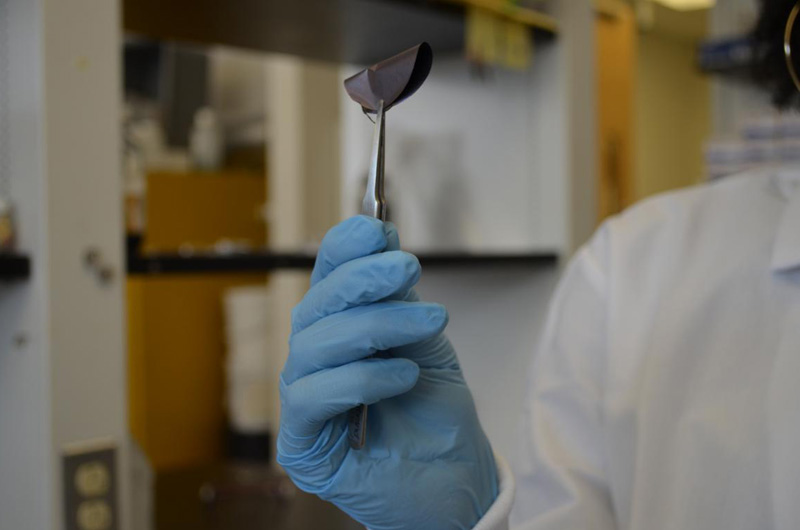
MXene is a nanomaterial that can super effectively block and absorb electromagnetic radiation.
Image: Drexel University
We’ve all experienced electromagnetic interference, whether it’s hearing your car engine break in your AM radio station or the squealing of speakers at a concert when a cellphone gets to close. However, researchers from Drexel University may have found a way to all but stop this interference though what they’re calling MXene (2D Transition Metal Carbides).
Electromagnetic interference isn’t just annoying for users, it’s damaging for devices and could lead to the overall degradation of cellphones, laptops, and other electronics.
Typically, to block this interference, scientists encase the interior of electronics with conductive metal (i.e. metal, copper, or aluminum). But researchers for this new study found that a few-atoms thin titanium carbide may be more effective at blocking such interference. Additionally, it is extremely easy to apply – with the ability to be sprayed on to any surface just like paint.
“With technology advancing so fast, we expect smart devices to have more capabilities and become smaller every day. This means packing more electronic parts in one device and more devices surrounding us,” says ECS Fellow Yury Gogotsi, lead author of the research. “To have all these electronic components working without interfering with each other, we need shields that are thin, light and easy to apply to devices of different shapes and sizes. We believe MXenes are going to be the next generation of shielding materials for portable, flexible and wearable electronics.”


 One year ago Tesla Motors announced plans to build its
One year ago Tesla Motors announced plans to build its 
 Scholarly publishing news has been buzzing about 1science’s
Scholarly publishing news has been buzzing about 1science’s 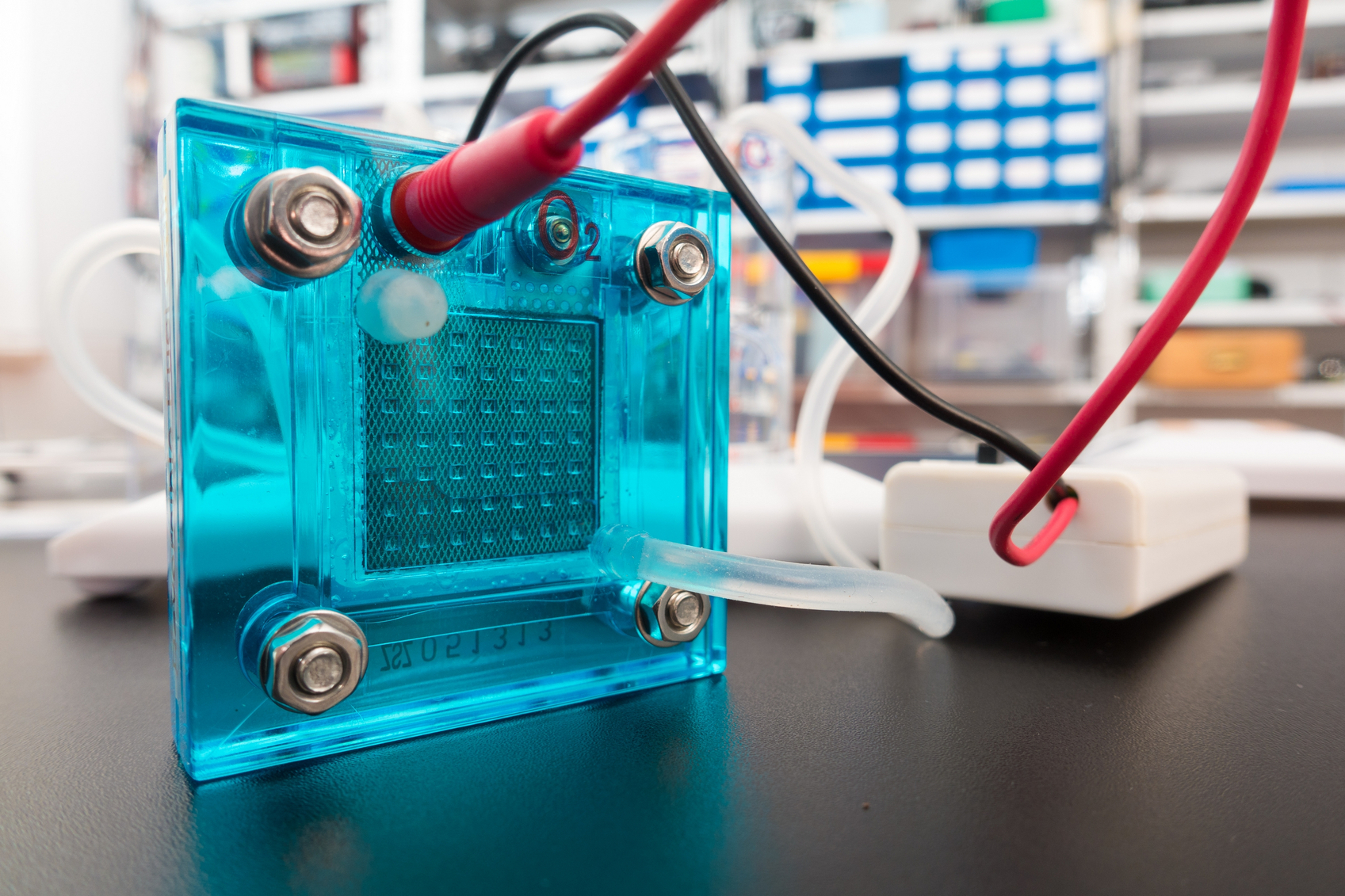 Interest in electric and hybrid vehicles continues to grow across the globe. The
Interest in electric and hybrid vehicles continues to grow across the globe. The 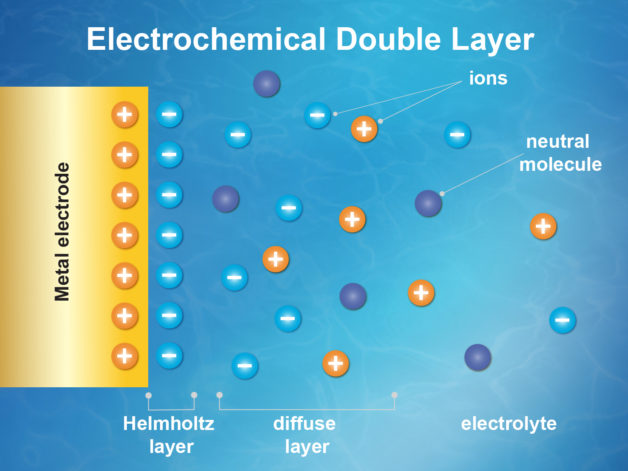
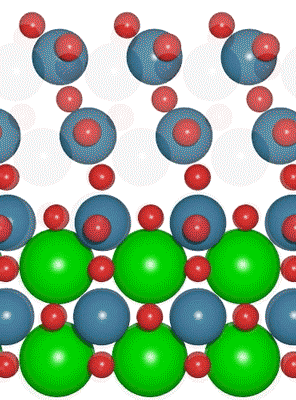 An interdisciplinary team made up of researchers from Stanford University and the U.S. Department of Energy’s SLAC National Accelerator Laboratory recently developed a new catalyst that carries out a solar-powered reaction 100 times faster than ever before.
An interdisciplinary team made up of researchers from Stanford University and the U.S. Department of Energy’s SLAC National Accelerator Laboratory recently developed a new catalyst that carries out a solar-powered reaction 100 times faster than ever before.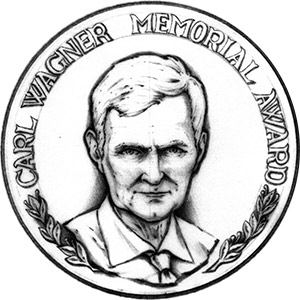 Deadline: October 1, 2016
Deadline: October 1, 2016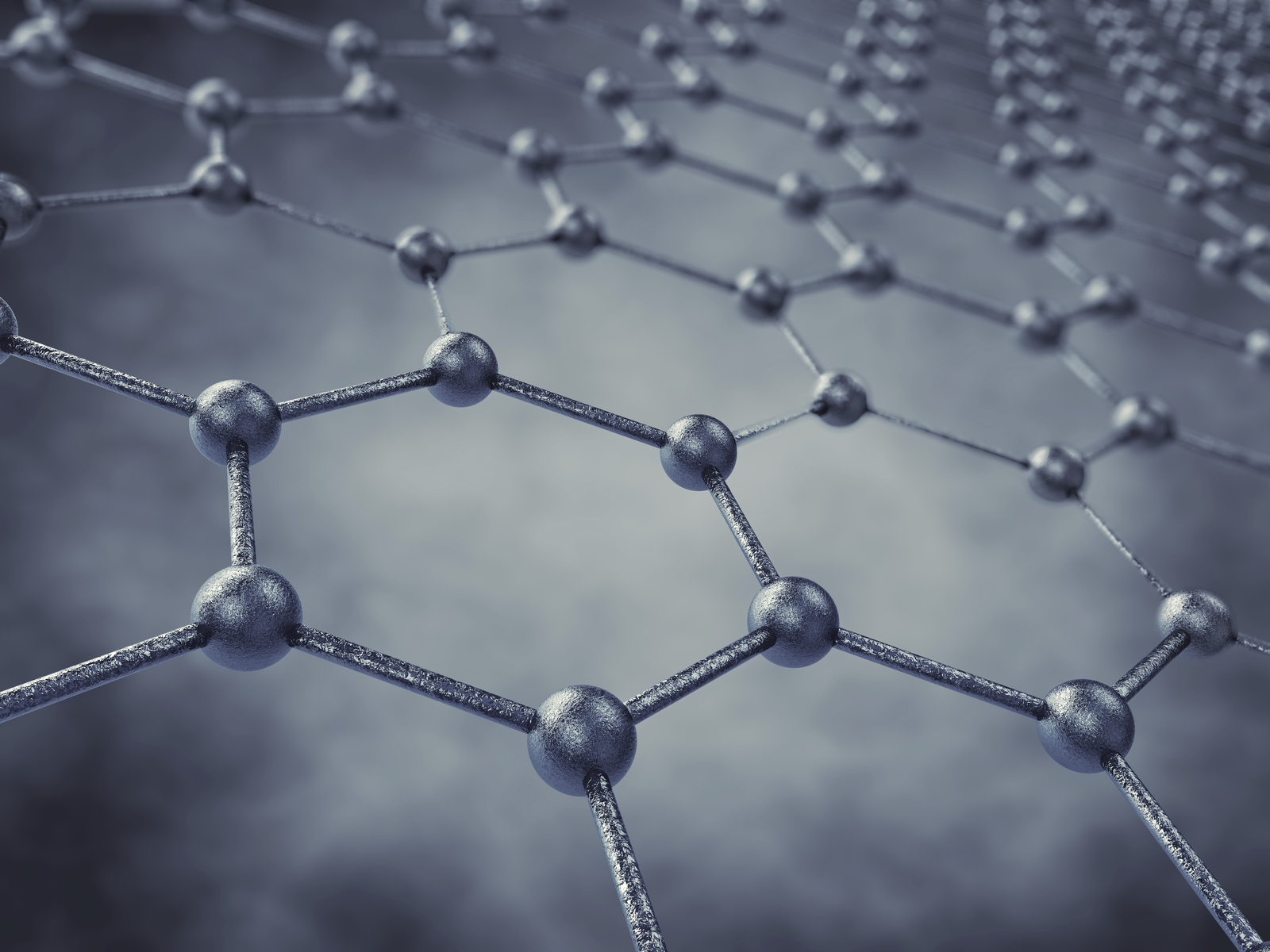 Over the past few years, researchers have been exploring graphene’s amazing properties and vast potential applications. Now, a team from Iowa State University is looking to take those properties enabled by graphene and applied them to sensors and other technologies.
Over the past few years, researchers have been exploring graphene’s amazing properties and vast potential applications. Now, a team from Iowa State University is looking to take those properties enabled by graphene and applied them to sensors and other technologies.